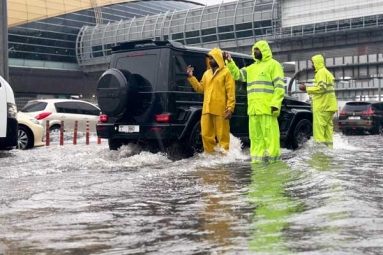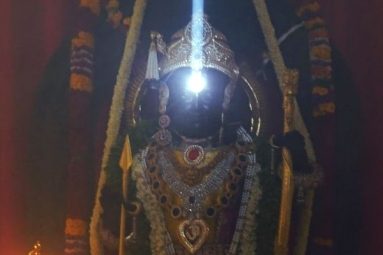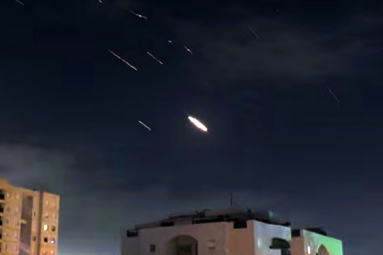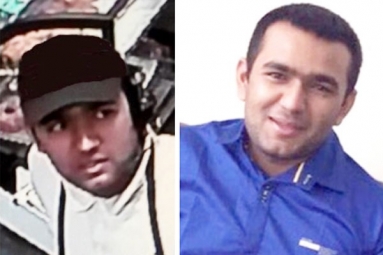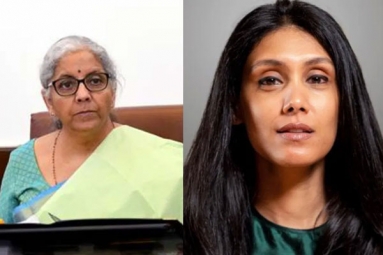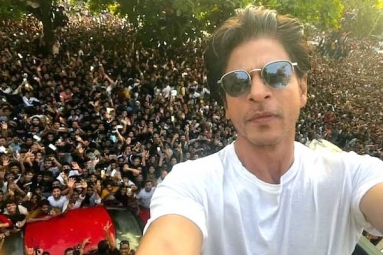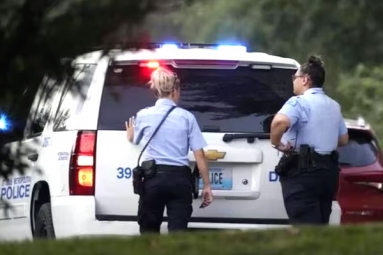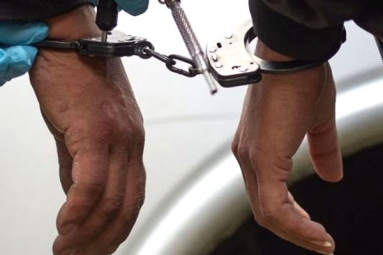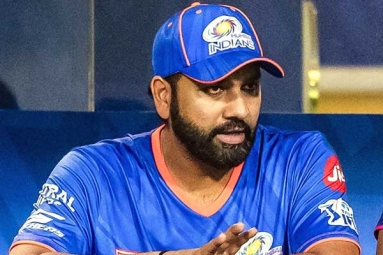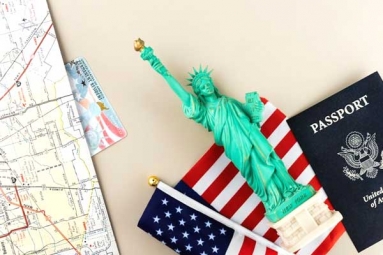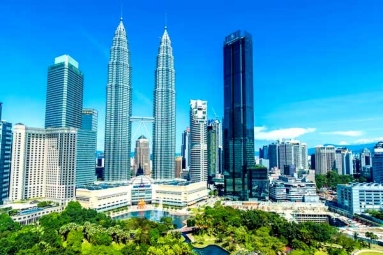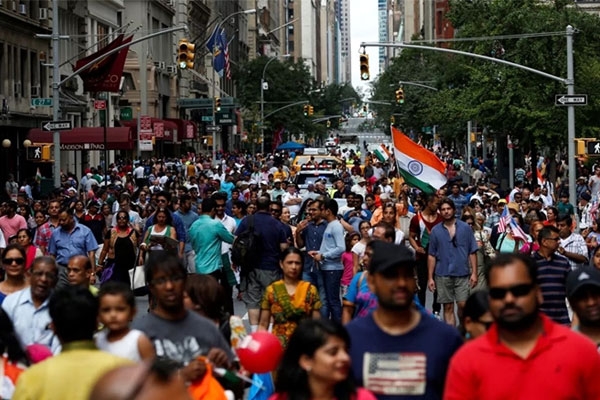
(Image source from: The Financial Express)
On Monday, President Donald Trump signed a memorandum considering suspending or limiting entry to the United States for individuals from countries with high rates of short-term visa overstays.
Trump directed officials to examine new ways to minimize the number of people overstaying their business and tourist visas.
According to the White House website, twenty countries have a visa overstay rate of more than 10 percent and some with more than 20 percent. As per the Department of Homeland Security, the countries with more than 10 percent overstay in the fiscal year 2018 included Afghanistan, Angola, Burundi, Cabo Verde, Chad, Republic of Congo, Djibouti, Eritrea, and Georgia.
Though India did not figure in the list, according to immigration experts, it might affect some Indians.
Indians are among the highest number of non-immigrant visa recipients.
The move may crack down not just on B-1/B-2 visas but also F1 or student visas. The United States has consistently been the most favored destination for Indian students. In the year, 2017-18, about half of student visa holders were Chinese (377,070) and Indians (211,703).
A Kansas-based immigration attorney Rekha Sharma-Crawford when can the move potentially also affect Indians was quoted by American Bazaar saying: “I think it will. A vast number of [undocumented] Indians tend to overstay as opposed to those who enter without permission. I do think that there are a growing number of those who are entering without permission, but for now, a vast majority are visa overstays. Take for example the fake ICE college matter, most were Indians.”
The Farmington University scam, earlier this year, led to arrests of more than 150 Indian students who enrolled themselves in a fake university set up by the DHS. According to the U.S. government, these students wittingly enrolled in sham institutions to exploit their visa benefits and it was not the first time as a similar case had surfaced in New Jersey just a few years back.
Immigration experts say that Indians who may be in the U.S. illegally are more likely visa overstays. Sharma-Crawford adds, “Indians tend to get a visitor visa and then stay, or be a student and then stay as opposed to flying to Mexico/Canada and then try to sneak in.”
The new memorandum also brings forth the fact that illegal stays in the U.S. may not be just people sneaking in from the Southern border, as the administration has been claiming so far.
According to immigration experts, the new move may limit the number of visas given each year or may even reduce the time allowed for people to stay on the visas.
The proposal of admission bonds, though never practiced before, can mean that visitors may have to make a refundable deposit for entering the U.S. On the whole, Trump’s move does suggest that there may be changes in the B-1/B-2 visas, a large recipient of which remain Indians.
By Sowmya Sangam



